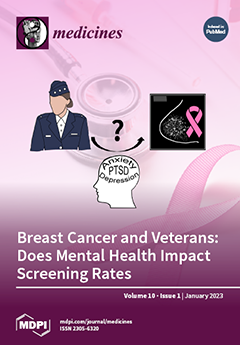Background: Edoxaban is a novel oral anticoagulant which may decrease the risk of stroke and systemic embolism in patients suffering from atrial fibrillation (AF). However, the decreased efficacy of edoxaban versus warfarin for the avoidance of stroke and systemic embolism in AF with creatinine clearance (CrCl) > 95 mL/min has been reported. The purpose of this meta-analysis is to further clarify the safety (major bleeding) and efficacy (stroke or systemic embolism) of edoxaban for AF patients with various CrCl.
Methods: A systematic search of studies on edoxaban and warfarin in AF patients related to renal function was conducted in PubMed, Medline, Web of Science databases, EBSCO, Embase, and the Cochrane Central Register of Controlled Trials. In this meta-analysis (protocol number: PROSPERO CRD 42021245512), we included studies that provide specific data on three outcomes: ischemic stroke or systemic embolism (S/SE), bleeding, and all-cause mortality.
Results: This meta-analysis enrolled two randomized controlled trials (RCTs) studies and two retrospective studies that enrolled 28,065 patients. According to CrCl, subjects are divided into three groups (CrCl 30–50 mL/min, CrCl 50–95 mL/min, CrCl > 95 mL/min). In AF patients with CrCl 30–50 mL/min, edoxaban 30 mg daily is similar to warfarin in the prevention of ischemic S/SE and all-cause mortality, resulting in lower bleeding rate and better net clinical outcome (ischemic S/SE: hazard ratio (HR), 0.85, 95% confidence interval (CI), 0.19–1.87; all-cause mortality: HR, 0.65, 95% CI, 0.35–1.19; bleeding: HR, 0.75, 95% CI, 0.60–0.93; net clinical outcome: HR, 0.75, 95% CI, 0.63–0.90). In the group of CrCl 50–95 mL/min, the net clinical outcome was more favorable with edoxaban 60 mg daily than warfarin (HR, 0.81, 95% CI: 0.68–0.96), and there was no significant difference between edoxaban 60 mg daily and warfarin in terms of prevention of bleeding, ischemic S/SE, and all-cause mortality. For AF patients with CrCl > 95 mL/min, there was a statistically significant difference in lower bleeding rate between edoxaban 60 mg daily and warfarin (bleeding: HR: 0.70, 95% CI: 0.58–0.84). There was no differential safety in ischemic S/SE, all-cause mortality, and net clinical outcome.
Conclusion: Overall, edoxaban was superior to warfarin in terms of net clinical outcome in various groups of CrCl with AF patients. Although there was no significant difference in net clinical outcome between edoxaban and warfarin for AF patients with CrCl > 95 mL/min, edoxaban is not inferior to warfarin in safety and effectiveness in the various levels of CrCl. Edoxaban may be a more effective and safe treatment than warfarin for patients with chronic kidney disease (CKD) who require anticoagulation. More high-quality and long-term clinical research are needed to further estimate the effects of edoxaban.
Full article




